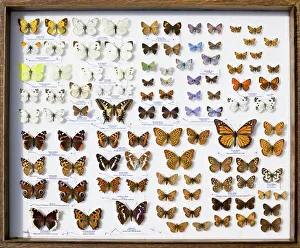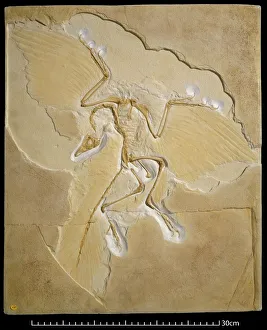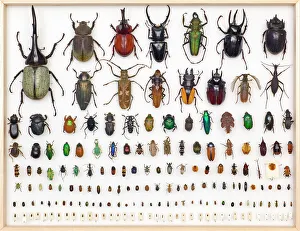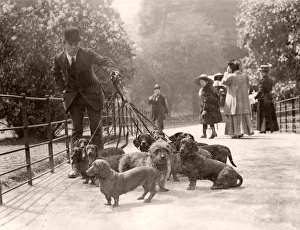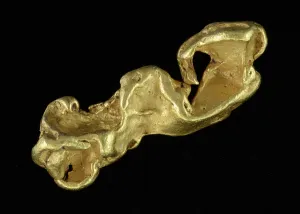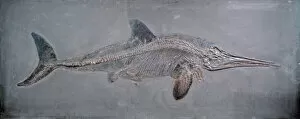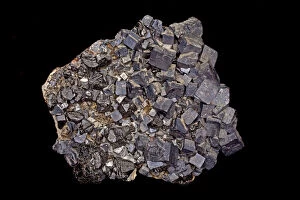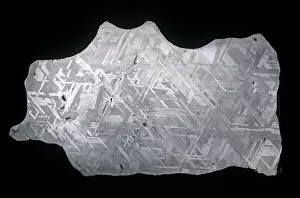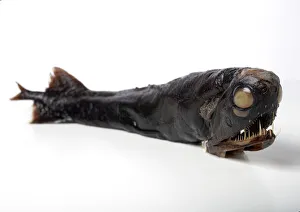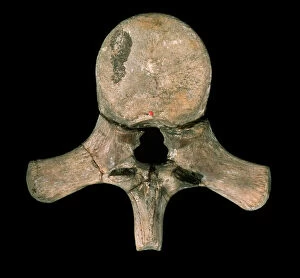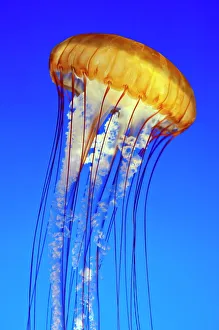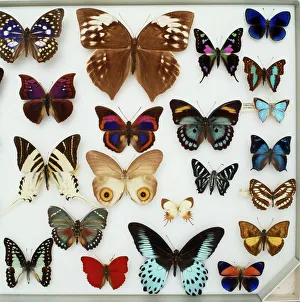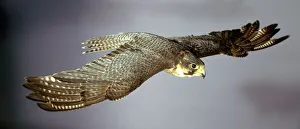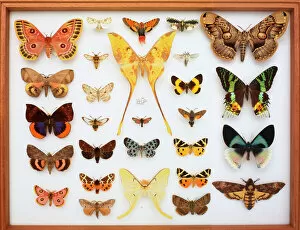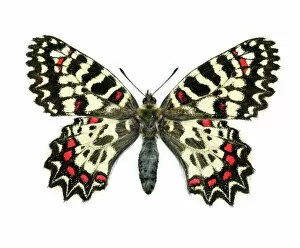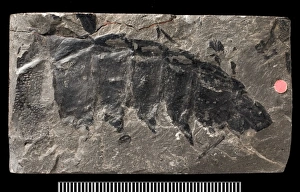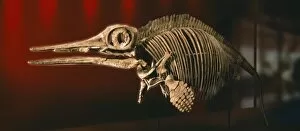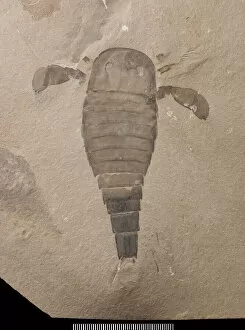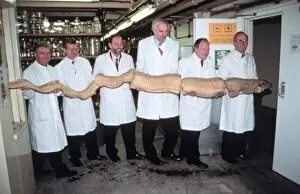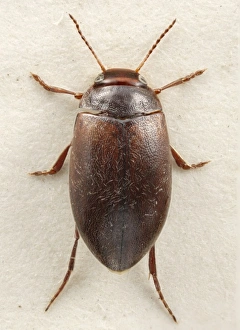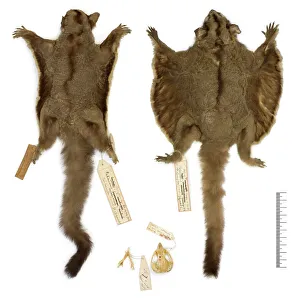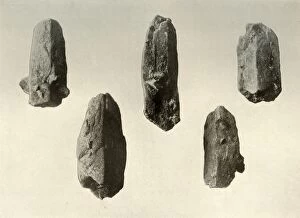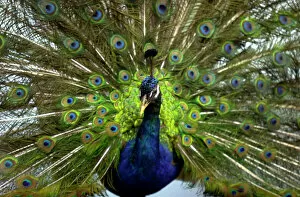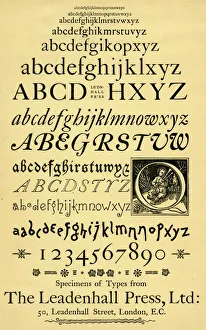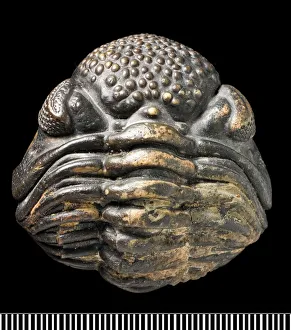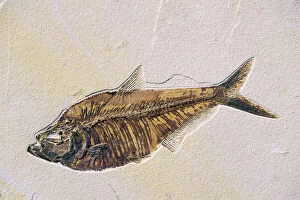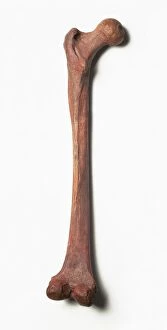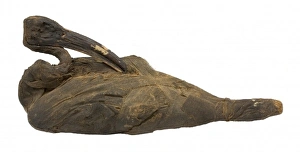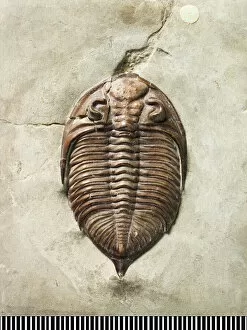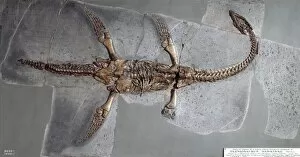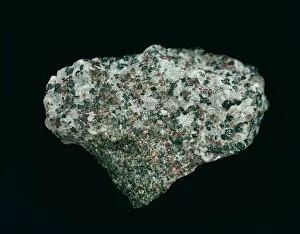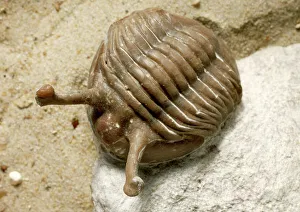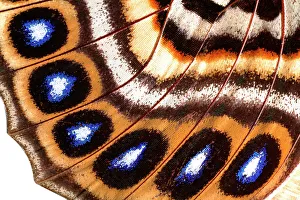Specimen Collection
"Exploring the World of Specimens: Unveiling Nature's Treasures" Step into a world where gold meets science, as we journey to Carbon Stream Works in Perranarworthal
All Professionally Made to Order for Quick Shipping
"Exploring the World of Specimens: Unveiling Nature's Treasures" Step into a world where gold meets science, as we journey to Carbon Stream Works in Perranarworthal, Cornwall, England. Here lies a hidden gem for all enthusiasts of entomology specimens and natural history. Delve into the captivating Case of British Butterflies Lepidoptera, where vibrant wings flutter gracefully on display. Each delicate specimen tells its own story, showcasing the intricate beauty found in nature's creations. But our exploration doesn't stop there; prepare to be amazed by the Archaeopteryx fossil known as Berlin specimen C016/5071. This ancient relic takes us back millions of years, bridging the gap between dinosaurs and birds. In contrast to prehistoric wonders, let us introduce you to Captain Berry's dachshunds frolicking joyfully in the park. These adorable creatures remind us that even within scientific pursuits, there is room for playfulness and companionship. As we continue our journey through this diverse collection of specimens, behold the sea green swallowtail butterfly with its ethereal hues dancing upon petals. Its elegance captures hearts effortlessly. Witness speed personified with Falco peregrinus - the peregrine falcon soaring high above cliffs with unmatched grace and precision. A true marvel of nature's design. Marvel at the crowned hairstreak butterfly (Picture No. 11091681), adorned with regal patterns fit for royalty. Its presence reminds us that even small creatures can possess grandeur beyond measure. Enter a realm filled with color as you encounter painted lady butterfly C016/2299 – an exquisite masterpiece painted by Mother Nature herself. Let its delicate charm leave you breathless. Prepare yourself for an encounter like no other as we unveil Malacosteus niger -the enigmatic stoplight loosejaw lurking deep beneath ocean depths. Its mysterious allure captivates the imagination.

